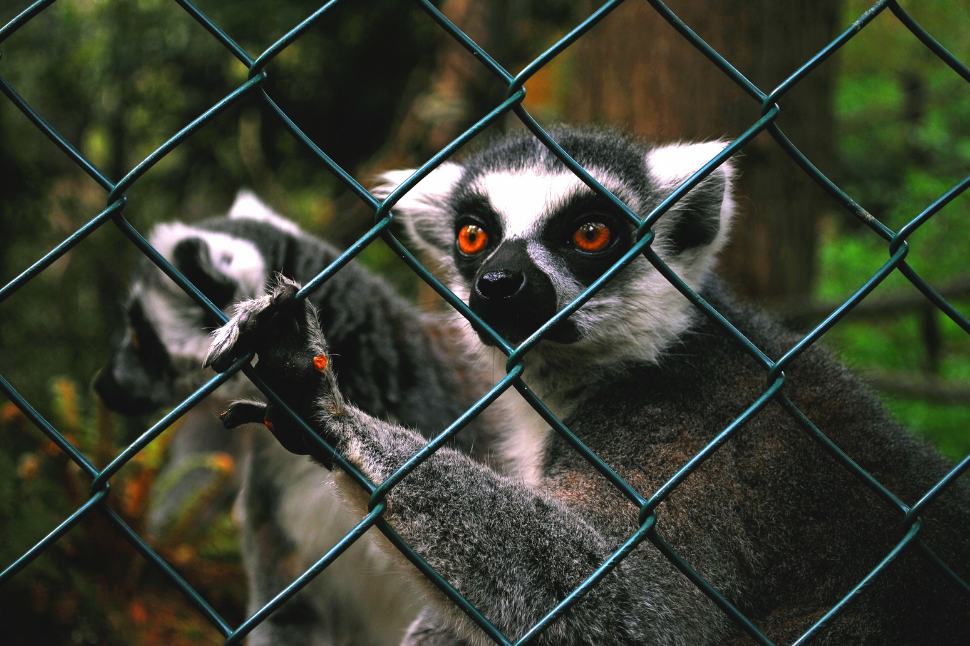Chemical Immobilization Workshops

Numerous wildlife capture and handling education programs currently exist, covering a wide array of areas. These can include, but are not limited to training for:
- Persons working in or preparing to work in commercial facilities that display and/or care for wildlife
- Persons working in biomedical research
- Persons working in wildlife conservation programs
- Animal control officers
- Law enforcement officers
- Certified wildlife biologist renewal programs
- Continuing education credit attendance (for veterinarians, biologists and wildlife managers)
- Professional development certificate programs
- Zoo caretakers
- Persons working in airports where wildlife incursions (usually birds) are problematic
Various organizations also offer education in animal care and handling that is geared toward the handling of wildlife in specialized areas, such as biomedical research, animal control or wildlife management. Aspects of such training are overseen and/or influenced by government regulations pertaining to wildlife. Certification and non-certification courses in the care and handling of wildlife provide a good foundation for those interested or working in this area of study.
Physical vs. Chemical Immobilization of Wildlife
Among the duties commonly performed by those who work with wildlife are those of safe capture and immobilization. Such activities may need to be undertaken for a variety of reasons, including relocation, medical care, research, conservation efforts and many others. Generally speaking, there are two modalities of capture and immobilization, these being physical and chemical. Physical capture typically involves various devices that are used to capture and/or restrain wildlife, such as traps, nets, etc.
In cases where physical restraint devices are impractical, unsafe or will cause undue stress in animals, chemical immobilization techniques are used. There are different approaches to administering drugs in chemical restraint procedures: oral, hand-held injection, pole syringe and darts. In cooperative animals, hand-held injections or the pole-syringed administration are usually the delivery routes of choice.1 This is more often the case in a zoo setting or with smaller animals in the wild. If an animal is large, dangerous or uncooperative, remote delivery systems using blow darts, gunpowder explosive darts or compressed gas projectors are the most suitable choices.
Many different classes of compounds, including anesthetics, analgesics, sedatives and tranquilizers are used to immobilize wild animals. In the U.S., most of these compounds are regulated by federal law. One of these regulations, the FDA's Controlled Substances Act of 1970, restricts the use and distribution of some of the more potent drugs, such as opioids.1
Specialized Training
As an adjunct among the more specialized training programs associated with wildlife care and handling, chemical immobilization workshops are offered by organizations that provide training in these areas. Today, in-person (classroom) courses, webinars and online courses addressing the chemical immobilization of wildlife are provided by universities, zoos and private organizations.
Some of the topics typically covered in chemical immobilization workshops include:
- Safety issues and the responsibilities associated with the use of chemical immobilization
- How to evaluate situations for appropriate application of chemical immobilization
- The legal considerations and required record keeping
- How to write a chemical immobilization policy for agencies
- Classes of chemical immobilization drugs and their uses
- The proper dosage and administration techniques for drugs used
- How to handle and use chemical immobilization drugs and equipment
- Species specific drug dosages and volume calculations
- Approach, post capture care and anesthesia monitoring
- Medical emergencies
Chemical immobilization training provided by reputable organizations provides comprehensive, up-to-date instruction on the chemical immobilization of animals, presented in a manner that is applicable to most experience levels. In most cases, the instructors are veterinarians and biologists who specialize in the chemical immobilization of wildlife.
Interested in learning more about safe capture? The San Diego Zoo now offers courses in safe capture techniques and best practices. Learn reliable, safe, and effective techniques for the species you work with and the scenarios you encounter!
1Kreeger, T., Arnemo, J. Handbook of Wildlife Chemical Immobilization. Fifth edition, 2018
About NexGen Pharmaceuticals
NexGen Pharmaceuticals is an industry-leading veterinary compounding pharmacy, offering sterile and non-sterile compounding services nationwide. Unlike other veterinary compounding pharmacies, NexGen focuses on drugs that are difficult to find or are no longer available due to manufacturer discontinuance or have yet to be offered commercially for veterinary applications, but which still serve a critical need for our customers. We also specialize in wildlife pharmaceuticals, including sedatives and their antagonists, offering many unique options to serve a wide array of zoo animal and wildlife immobilization and anesthesia requirements.
Our pharmacists are also encouraged to develop strong working relationships with our veterinarians in order to better care for veterinary patients. Such relationships foster an ever-increasing knowledge base upon which pharmacists and veterinarians can draw, making both significantly more effective in their professional roles.
Disclaimer
The information contained in this blog post is general in nature and is intended for use as an informational aid. It does not cover all possible uses, actions, precautions, side effects, or interactions of the medications shown, nor is the information intended as medical advice or diagnosis for individual health problems or for making an evaluation as to the risks and benefits of using a particular medication. You should consult your veterinarian about diagnosis and treatment of any health problems. Information and statements have not been evaluated by the Food and Drug Administration ("FDA"), nor has the FDA approved the medications to diagnose, cure or prevent disease. Medications compounded by NexGen Pharmaceuticals are prepared at the direction of a veterinarian. NexGen Pharmaceuticals compounded veterinary preparations are not intended for use in food and food-producing animals.
NexGen Pharmaceuticals, LLC does not recommend, endorse or make any representation about the efficacy, appropriateness or suitability of any specific dosing, products, procedures, treatments, services, opinions, veterinary care providers or other information that may be contained in this blog post. NEXGEN PHARMACEUTICALS, LLC IS NOT RESPONSIBLE NOR LIABLE FOR ANY ADVICE, COURSE OF TREATMENT, DIAGNOSIS OR ANY OTHER INFORMATION, SERVICES OR PRODUCTS THAT YOU OBTAIN THROUGH THIS BLOG POST.



